
Newsletter Subscribe
Enter your email address below and subscribe to our newsletter

Enter your email address below and subscribe to our newsletter
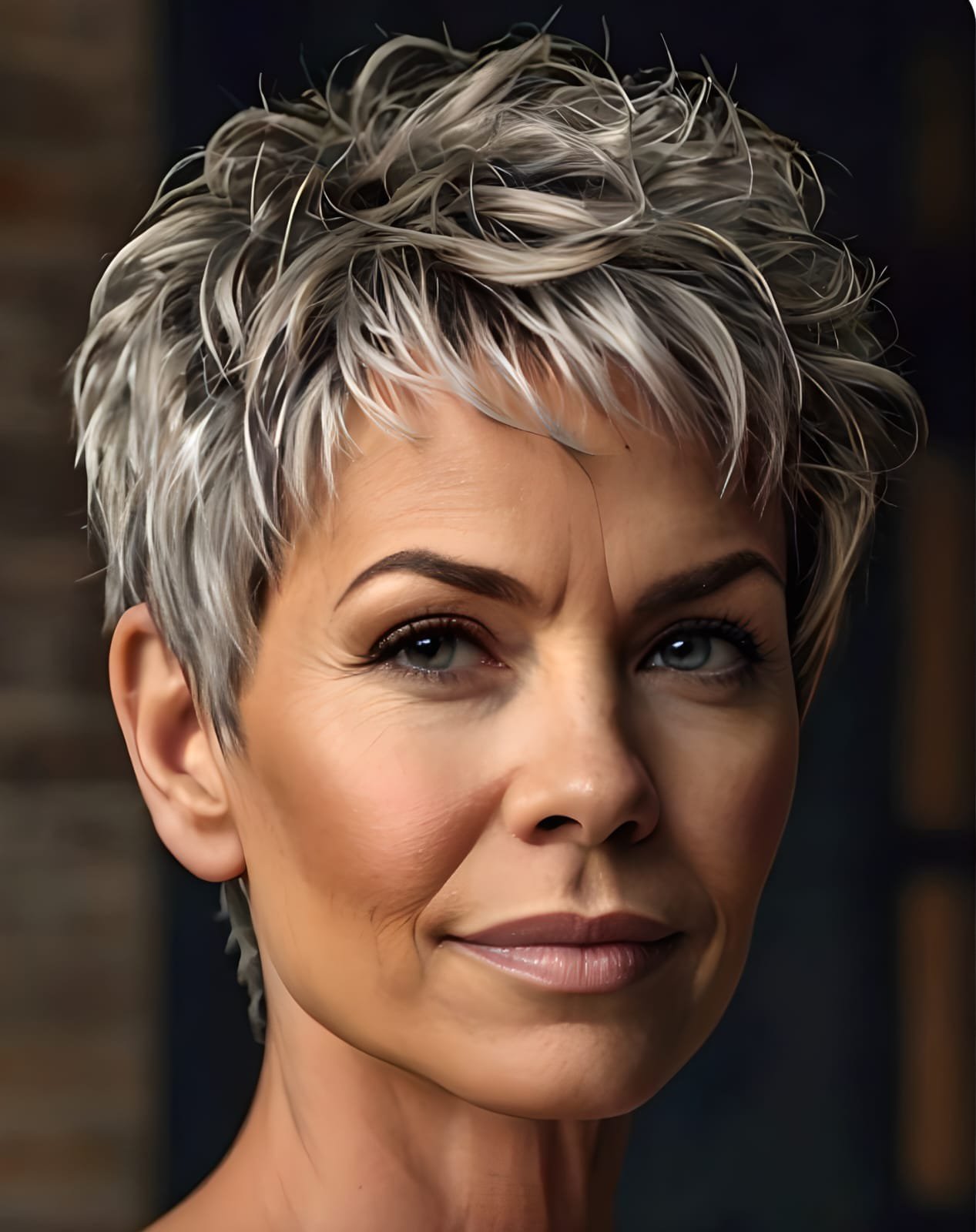
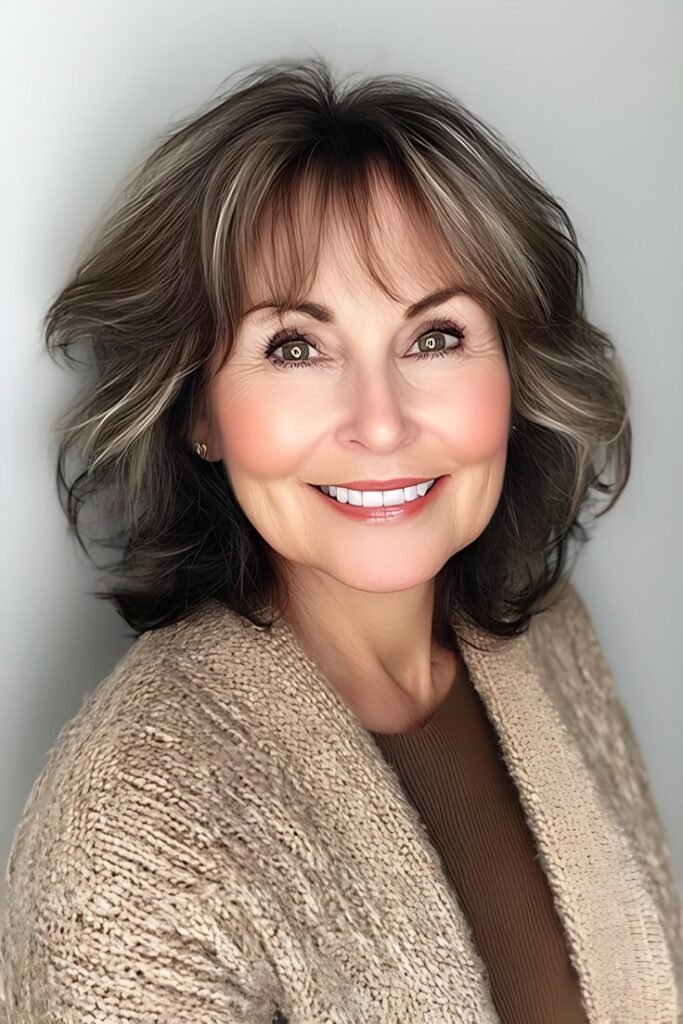
As we age, our hair undergoes significant changes—thinning, dryness, and loss of natural pigment become common concerns. For older women, a trip to the hair salon can either be a rejuvenating experience or a beauty disaster waiting to happen. The wrong cut, color, or treatment can accentuate aging rather than enhance elegance. To ensure you leave the salon looking your best, it’s crucial to know what not to do.
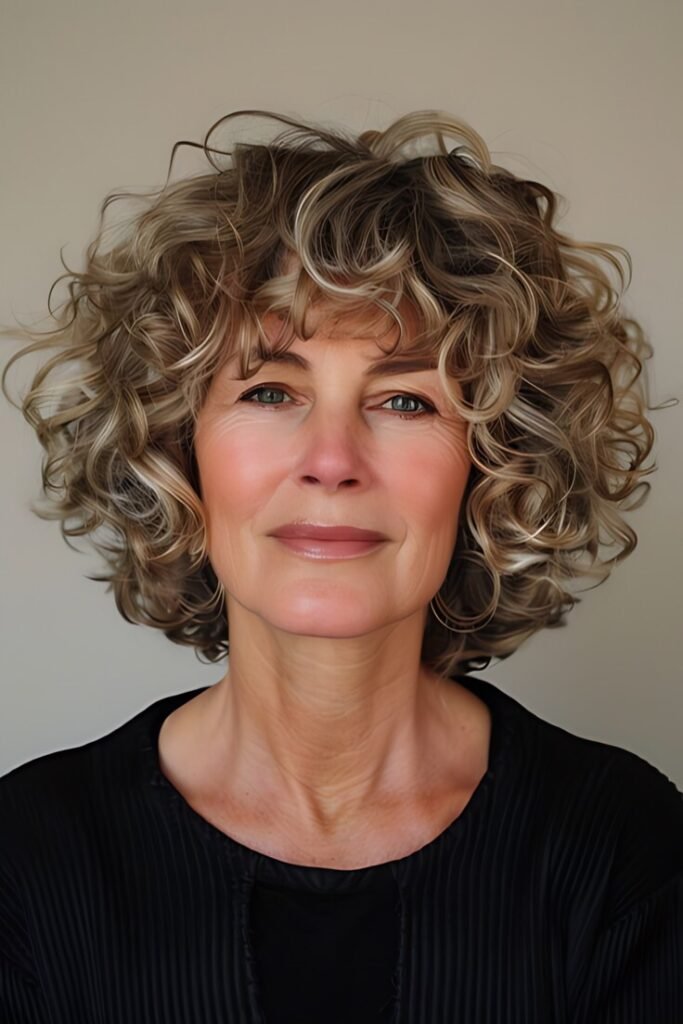
From outdated styles to damaging chemical processes, many well-intentioned choices can backfire. Whether you’re getting a routine trim or a full transformation, avoiding these common salon mistakes will help you maintain healthy, youthful-looking hair.

One of the biggest mistakes older women make at the salon is choosing a hair color that’s too dark or harsh. While jet-black or deep brunette shades might have looked stunning in your youth, they can now create an unflattering contrast with aging skin. Dark colors tend to highlight wrinkles, uneven skin tone, and shadows under the eyes, making you look older than you are.
Instead, consider softer hues like warm browns, caramel balayage, or honey blondes. These shades add dimension without overwhelming delicate facial features. If you prefer darker hair, ask your stylist for a semi-permanent dye or a gloss to add shine without the starkness of permanent color.
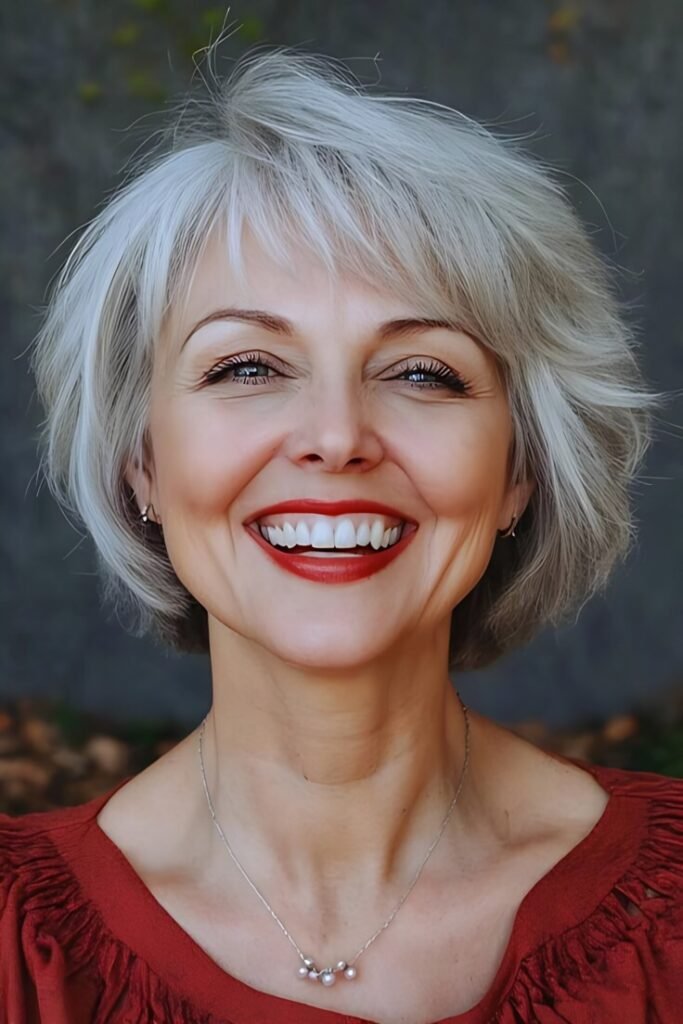
While going lighter can be refreshing, excessive bleaching can wreak havoc on mature hair. Older hair is naturally drier and more fragile, making it prone to breakage and split ends. A full head of platinum blonde or drastic highlights may look chic at first, but the damage can leave your hair straw-like and difficult to style.
If you want to lighten your hair, opt for gentler techniques like babylights, balayage, or low-volume peroxide formulas. A skilled colorist can brighten your look without compromising hair health. Additionally, regular deep conditioning treatments are a must to maintain moisture and elasticity.

A blunt, one-length bob or pixie cut might seem like an easy, low-maintenance option, but it can actually age you. Severe lines with no layers can make fine hair appear even thinner and draw attention to sagging jawlines or neck wrinkles.
Instead, ask for soft layers, textured ends, or face-framing pieces to add movement and volume. A layered shag, a wispy lob (long bob), or an asymmetrical cut can create the illusion of fuller hair while softening facial contours. If you prefer short hair, a tapered pixie with side-swept bangs is far more flattering than a helmet-like style.

Many older women assume they don’t need patch tests for hair dyes or perms because they’ve been using them for years. However, sensitivities can develop over time, and allergic reactions to ammonia or PPD (paraphenylenediamine) in hair dyes can be severe.
Always insist on a patch test 48 hours before any chemical service, especially if you’re trying a new product. Scalp irritation, swelling, or rashes are not worth the risk—play it safe to avoid painful reactions or emergency salon visits.
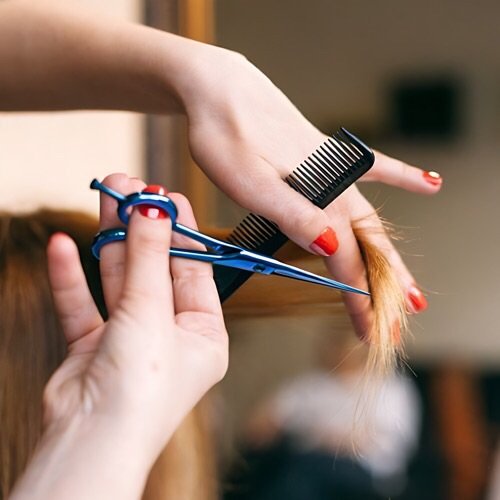
Freshly colored or cut hair is more vulnerable to damage, yet many women leave the salon and immediately reach for flat irons or curling wands. Excessive heat strips natural oils, leading to dryness and breakage—something mature hair can’t afford.
If you must style with heat, always use a thermal protectant spray and keep the temperature below 350°F. Better yet, embrace air-drying or heatless styling methods like velcro rollers or braid waves to preserve your salon-fresh look longer.

Just because a hairstyle is trending on social media doesn’t mean it will work for you. Older women should be especially cautious with extreme bangs, shaved undercuts, or asymmetrical mullets—these edgy looks can sometimes appear try-hard rather than stylish.
Instead, choose timeless, age-appropriate cuts that enhance your bone structure. A classic chin-length bob, soft waves, or side-parted styles are universally flattering and won’t look dated in a few months.
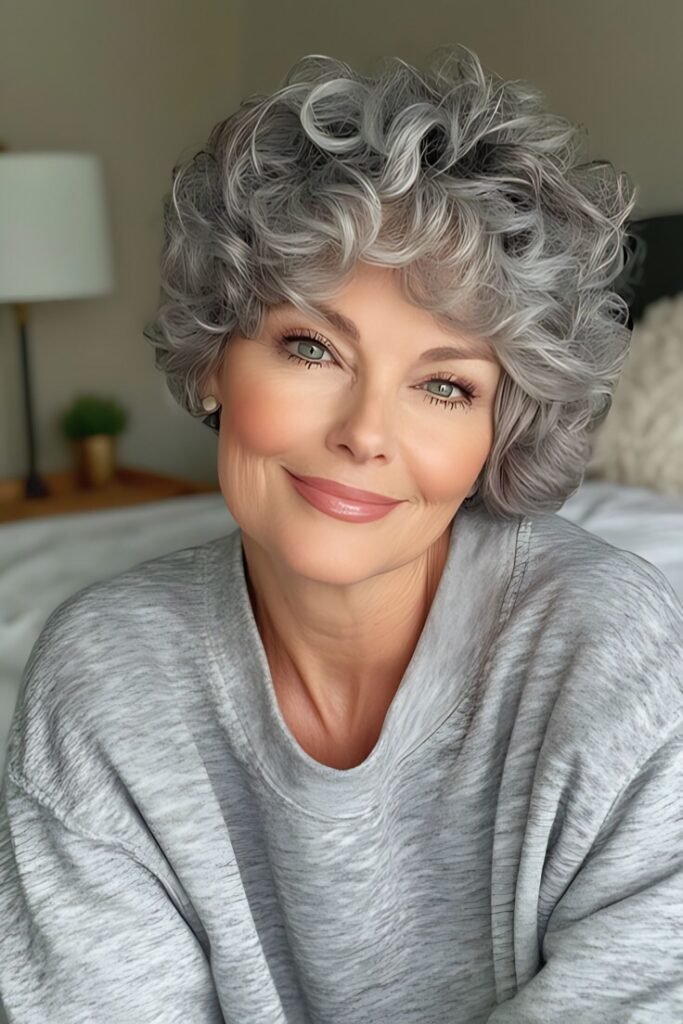
Many salons offer add-on treatments like scalp massages, keratin masks, or Olaplex repairs, but older women often skip them to save money. However, thinning hair and dry scalps benefit immensely from these services.
Investing in a hydrating hair mask or scalp serum during your appointment can prevent brittleness and promote growth. If your budget allows, consider regular salon deep-conditioning sessions to keep your locks lustrous.

A rushed consultation leads to regrets. If your stylist doesn’t take the time to discuss your lifestyle, hair history, and preferences, you might end up with a cut or color that doesn’t suit you.
Before any service, ask questions:
A good stylist will assess your hair’s condition and recommend the best approach—don’t settle for a one-size-fits-all solution.
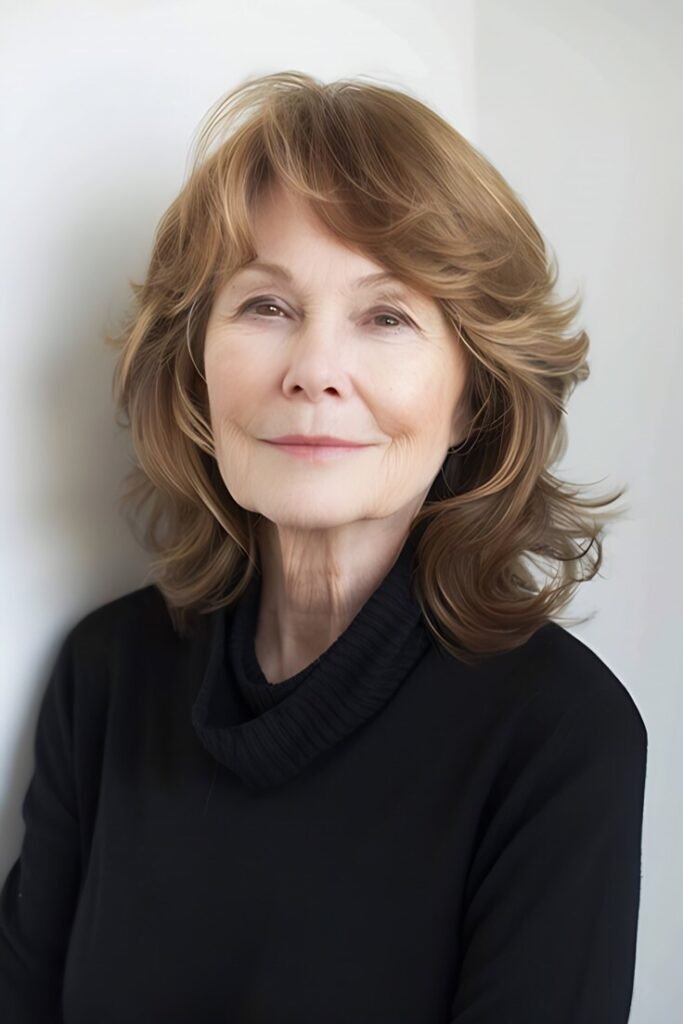
Contrary to popular belief, older women can rock long hair—if it’s well-maintained. The key is to avoid straggly, unlayered lengths that drag down your face. Opt for mid-back hair with face-framing layers or a blended shag to keep it modern.
If your hair is thinning, ask for internal layers or a light perm to boost body. Regular trims (every 8-10 weeks) will prevent split ends and maintain shape.
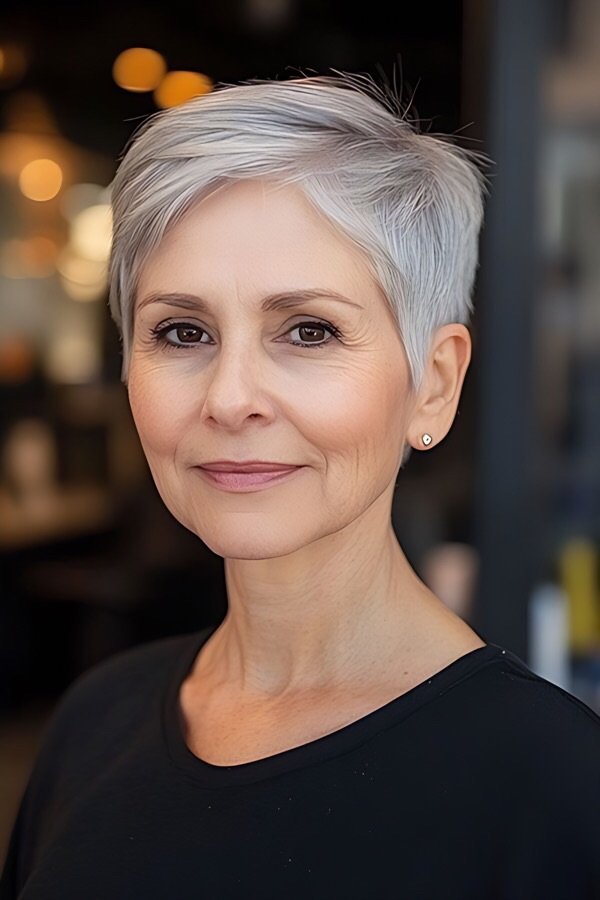
Salons often retail high-quality shampoos and conditioners, but many older women balk at the price and opt for drugstore alternatives. Unfortunately, sulfate-laden or silicone-heavy products can strip moisture and cause buildup, worsening thinning or dry hair.
Invest in salon-grade, sulfate-free formulas designed for aging hair. Look for ingredients like biotin, argan oil, or hyaluronic acid to strengthen and hydrate.

A great salon experience starts with clear communication, realistic expectations, and proper aftercare. Avoid these common mistakes, and you’ll walk out with hair that enhances your natural beauty—not fights against it.
Remember:
✔ Choose soft, flattering colors—no harsh lines or extreme contrasts.
✔ Prioritize hair health—skip overprocessing and excessive heat.
✔ Opt for layered, textured cuts—avoid blunt, aging styles.
✔ Invest in treatments—your scalp and strands will thank you.
By steering clear of these pitfalls, you’ll ensure that every salon visit leaves you feeling confident, radiant, and effortlessly stylish—no matter your age.